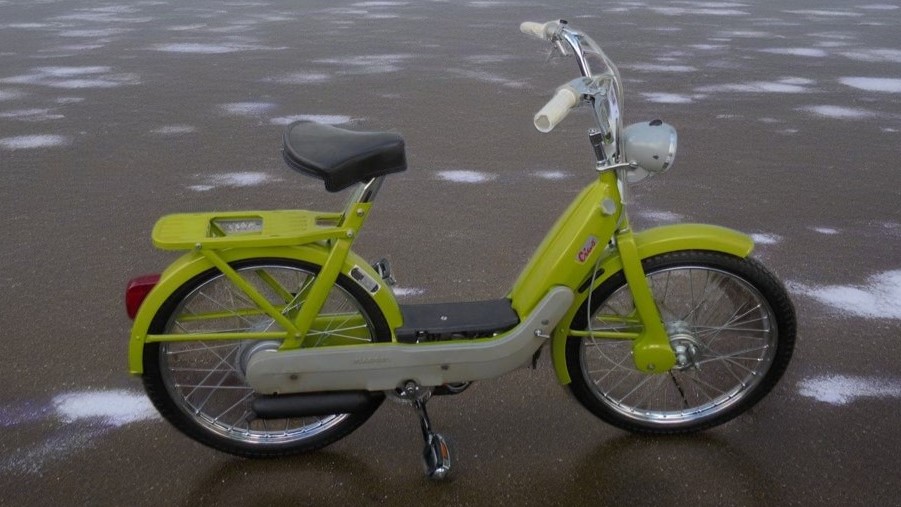The Piaggio Ciao Moped: An Icon of Italian Motor Culture
The Piaggio Ciao Moped, introduced in 1967, became an iconic symbol of freedom and simplicity in Italian motor culture. With its lightweight design and ease of use, it captured the hearts of riders across Italy and beyond. This article explores the history, technical specifications, and cultural impact of the Piaggio Ciao, celebrating its iconic status in the world of motorized two-wheelers.
PIAGGIOITALY TWO STROKE1970'SCLASSIC MOPEDS
2/18/20242 min read


The Piaggio Ciao Moped: An Icon of Italian Motor Culture
Introduction
Piaggio has long been a household name in the realm of scooters and mopeds, with one of its most endearing offerings being the Piaggio Ciao. Introduced in 1967, this moped became a symbol of freedom and simplicity on two wheels, capturing the hearts of riders across Italy and beyond. Its lightweight design, combined with ease of use, made it a preferred choice for young riders and those seeking an affordable mode of transport. In this article, we delve into the history, technicalities, and cultural impact of the Piaggio Ciao, celebrating its iconic status in the world of motorized two-wheelers.
History and Development
The story of the Piaggio Ciao starts in 1967, a pivotal time when mopeds began gaining popularity as affordable and practical modes of transportation. Designed and produced by the Italian company Piaggio, the Ciao was a response to the demands of a market that coveted simple, economical, and accessible vehicles. Over the years, the Ciao underwent several improvements but always maintained its signature look and feel. Production of the beloved moped continued until 2006, marking nearly four decades of the Ciao's presence on the roads and in the hearts of scooter enthusiasts.
Technical Specifications
The Piaggio Ciao boasted a small but efficient single-cylinder, two-stroke engine that provided enough power for daily commuting without compromising on fuel economy. Early models came with a standard pedal start, reminiscent of a traditional bicycle, which later evolved into more convenient starting mechanisms. In terms of brakes, the Ciao featured a simple but effective drum brake system. Through its production years, Piaggio released several variations of the Ciao, each catering to different needs and preferences, but all retained the core features that made the original so popular.
Cultural Impact and Popularity
The cultural impact of the Piaggio Ciao cannot be overstated. It became an emblem of Italian youth culture, representing freedom and independence. The moped was not just a means of transportation; it was a statement of personal style and a symbol of the carefree Italian lifestyle. Comparing it to its sibling, the Vespa, the Ciao was seen as the more accessible, practical choice, appealing especially to younger generations. Throughout its production years, the Ciao managed to maintain its popularity despite changing times and tastes, although it eventually faced a decline due to economic shifts and the advent of new technologies.
The Piaggio Ciao Moped: An Icon of Italian Motor Culture
As with many classic designs, the Piaggio Ciao has left an indelible mark on the landscape of motorized vehicles. Its influence has been seen in the subsequent models that have aimed to capture the same spirit of accessibility and minimalistic charm. The Ciao's design has inspired a trend towards more user-friendly, economical mopeds, serving as a benchmark for future innovations. Today, the Piaggio Ciao is not only remembered fondly but also sought after by collectors and enthusiasts who cherish its simplicity and the nostalgia of a bygone era of Italian motor craftsmanship.
